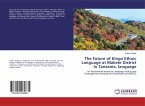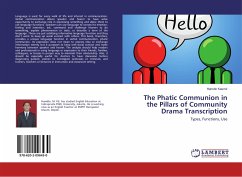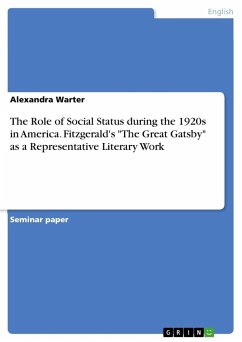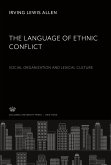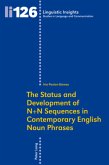This book gives a comprehensive study of the endogamous and exogamous families found in urban centers on the use of ethnic community languages (ECLs). It explores the languages used in daily conversations in the families, the attitudes of speakers towards ECLs, Kiswahili and English and if ECLs are being transmitted to their children. The book reveals out to readers about the ongoing debate on who accelerate language endangerment between the government and speakers of the languages. The blames are largely directed to the governments which plan and make policies in favour of the dominant languages while marginalizing the minority languages. Therefore, the book will reveal to readers that the problem of language endangerment is not only caused by the government policies imposed on them, rather there are some other factors, for example, the attitudes of speakers invested towards them and their implementation which shows that people are no longer interested in their ECLs.
Bitte wählen Sie Ihr Anliegen aus.
Rechnungen
Retourenschein anfordern
Bestellstatus
Storno



